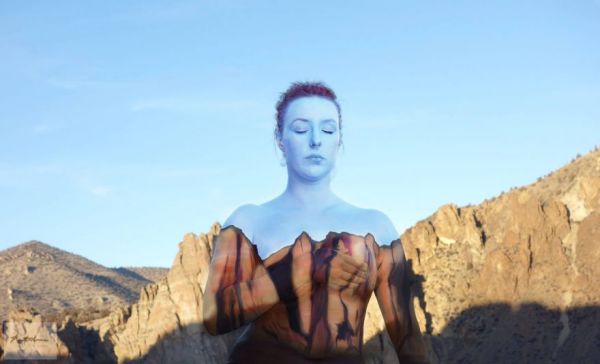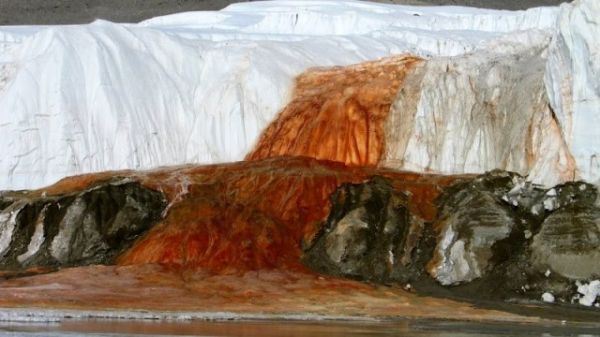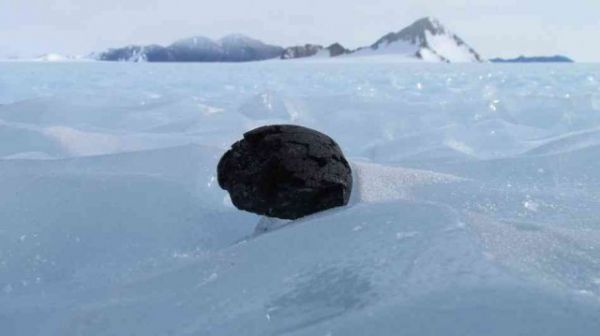Thanks to a bit of genetic sleuthing, researchers now know the invasion
history of the tropical fire ant (Solenopsis geminata), the first ant
species known to travel the globe by sea.
Soil was loaded onto Spanish galleons traveling from Acapulco, Mexico,
to Manila,
Philippines, in the 16th century. The soil, needed for ballast on empty
vessels,
likely also included tropical fire ants, researchers report
Their study, reported in the journal Molecular Ecology, reveals that
16th century Spanish galleons shuttled tropical fire ants from Acapulco,
Mexico, across the Pacific to the Philippines, and from there to other
parts of the world. Today, the ant species is found in virtually all
tropical regions, including in Africa, the Americas, Australia, India
and Southeast Asia.
"A lot of these ships, particularly if they were going somewhere to pick
up commerce, would fill their ballast with soil and then they would
dump the soil out in a new port and replace it with cargo," said
University of Illinois entomology professor and animal biology
department head Andrew Suarez, an author on the study. "They were
unknowingly moving huge numbers of organisms in the ballast soil."
Suarez conducted the study with U.S. Department of Agriculture research
entomologist DeWayne Shoemaker, University of Vermont biology professor
Sara Helms Cahan, former UVM graduate student Heather Axen (now a
postdoctoral researcher at Salve Regina University), and former Illinois
postdoctoral researcher Dietrich Gotzek.
"Invasive ants are a huge problem. Once they arrive, they establish
really high densities in new habitats, with negative consequences for
agriculture, native species and human quality of life," Helms Cahan
said. "Controlling them costs millions of dollars annually."
The researchers analyzed the genomes of tropical fire ants from 192
locales, looking at patterns of genetic diversity. The team also
analyzed the trading patterns of Spanish sailing vessels going to and
from the New World in the mid-1600s.
Once found only in the Americas, the tropical fire ant is now
distributed across
most of the tropical regions of the world
"If you look at the records, you look at the history, you look at the
old trading routes and you look at the genetics, it all paints this
picture that this was one of the first global invasions, and it
coincided with what could be the first global trade pattern of the
Spanish," Suarez said. "The ants from the introduced areas in the Old
World are genetically most similar to ants from southwestern Mexico,
suggesting that their source population came from this region."
The researchers were able to date the ants' invasion of the Old World to
the 16th century. At this time, the Spanish had just established a
regular trade route between Acapulco and Manila, Philippines, not only
setting up the first trade route across the Pacific Ocean but also
effectively globalizing commerce.
"Acapulco was a big stopping point for the Spanish," Suarez said.
"From there, Spanish galleons brought silver to Manila, which served as a
hub for trade with China," the authors wrote.
The researchers hypothesized that the original ant population would have
the highest level of genetic diversity and that any ants taken from
that original population to a new environment would have a subset of
that original variability.
And that is what they found.
"There was this very clear pattern where there was the most genetic
diversity in the New World, where it's native, and then you see these
stepping stones of nested subsets of diversity as you move away from the
New World into the Old World," Suarez said. And the pattern of genetic
changes over time "always overlaps the timing of when the Spanish trade
was going on," he said.
"Our research highlights the importance of historical trade routes in
setting up current distributions of pest species," said Gotzek, who
conducted the genetic analyses. "It also establishes the utility of
using genetic data to reveal such patterns."
"Uncovering events that happened long ago, before the age of digital
tracking codes and customs enforcement, is often a difficult task,"
Helms Cahan said. "Luckily for us, however, it turns out that invasive
species keep their own records of their history, encoded in their
genomes."





















